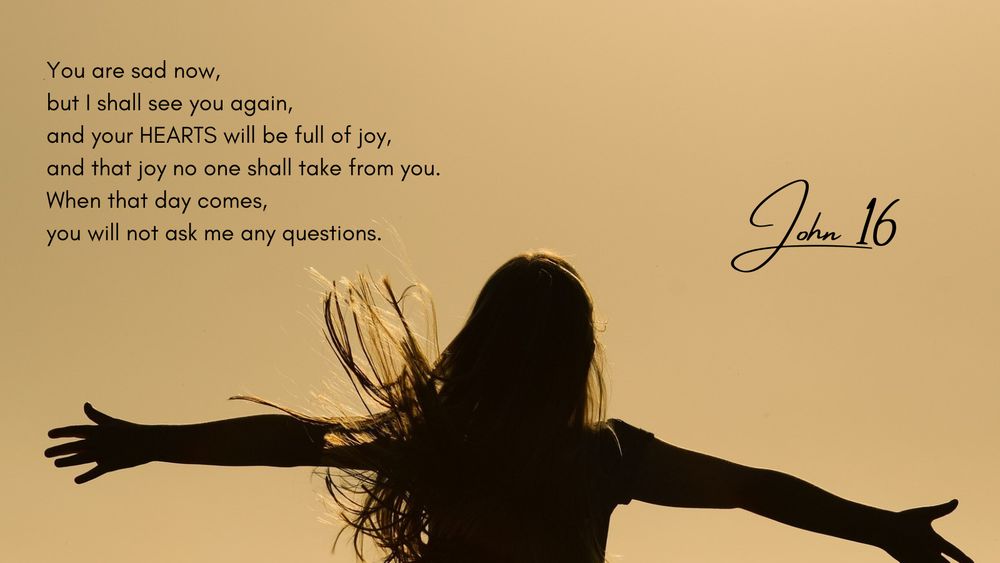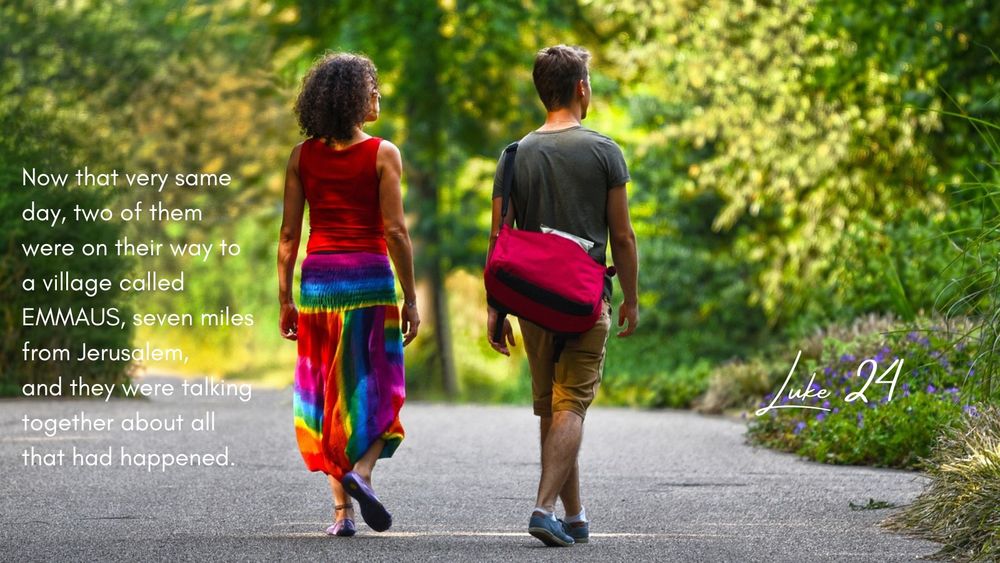Sr Miriam McNulty
@srmiriamosb.bsky.social
630 followers
240 following
560 posts
Benedictine Nun at www.turveyabbey.org.uk
Posts
Media
Videos
Starter Packs





